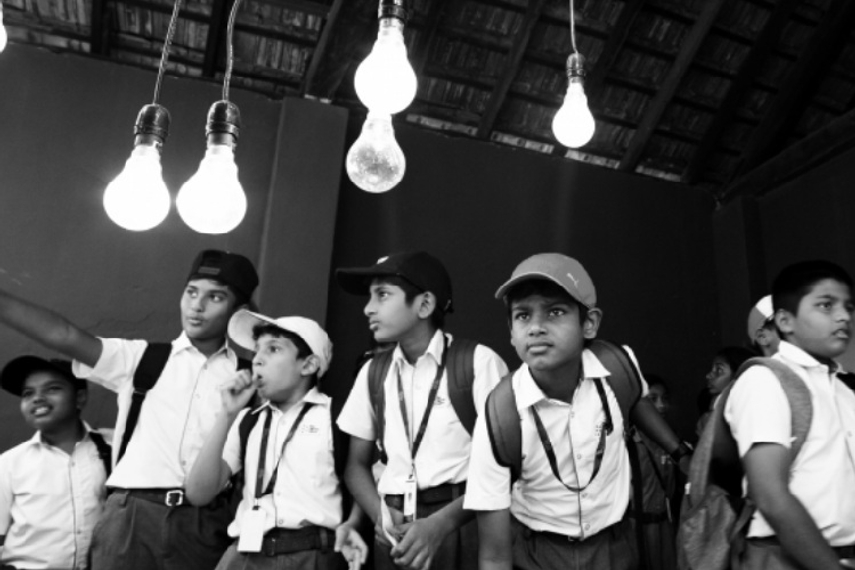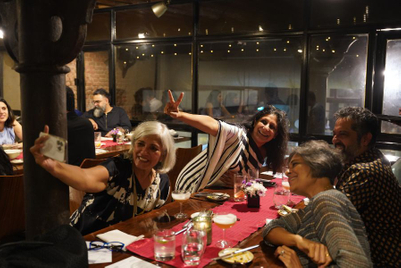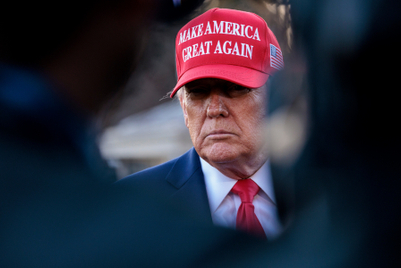There is one universal tension that pervades all geographies, mindsets and cultures – How do we make the individual feel less isolated in an increasingly connected, always-on world?
It’s our job as advertisers and planners to create meaningful connection and build communities of nourishing belief systems that are embracing and ever growing.
But how do we do that when our mobile phones turn us into cyborg’s –blindly acting and reacting to controlled stimulus and data from an increasingly hegemonic virtual world. One that puts pressure to not present our real selves but carefully manufactured selves to fit in and be liked.
The mechanics of the online world that thrives on personas and deep targeting creates echo chambers of established and isolated thinking. It results in deep divides – the us versus them conundrum. Political repartee online is testimony to these toxic and alienating narratives.
This brings me to ask a potent question – Are we, as communication experts really building connections, are we being true to the idea of the empowered self to build better communities?
The Kochi Biennale, curated by the fiery Anita Dube, titled “Possibilities for a Non-alienated Life” was all about the power of connection and community.
When you walk through the charming lanes of the Fort Kochi area, what jumps at you is that the biennale does not begin and end at select locations- it’s everywhere. There are street walls covered not with self-promoting signages but with gigantic, kaleidoscopic collages of thousands of local people - of all ages and backgrounds welcoming guests to “their” biennale. A pulsating energy engulfs you. It spreads with every conversation you strike - with the auto rickshaw driver or students walking back home or international tourists and even the spice-keeper. Talking about their favourite works,what it means to them and the way it makes them come closer or see the world differently, makes everyone feel like a part of the ever-growing biennale community.
So, what can we as advertisers learn from the biennale to connect on a deep and personal level to build better communities?
Here are some themes that could remind and help us to get things right.
Everyone’s Invited
The biennale was exceptional because it broke the art world’s high-brow bullying culture. It erased the imaginary “do not cross” line. An architectural space called “The Pavillion” was created where everyone and anyone could put on the curatorial hat sans any hierarchies.
The artworld also made room for upcoming artists alongside the greats. Chandan Gomes phone-made images while overcoming mental illness left a real and indelible mark. Bapi Das’s life as an auto-rickshaw driver captured through his embroidered artworks carried threads of hope that everyone longed to hold on to. Vicky Roy’s own childhood as a 10-year old runaway made his photographs of children living on streets even more arresting. Here it wasn’t the credentials that mattered, what mattered was real and authentic experience.
The lesson learnt for us advertisers is that to influence or mobilise individuals, you don’t always need accomplishment as a prerequisite or to be a celebrity to create a ripple-effect. In fact, there is immense power to be found in extraordinary stories from ordinary people. Some of the richest experiences are those of people who are fighting hard, falling and rising again to make it. Such inspiration is real and everyday but is also believable and poignant. It endorses the idea of possibilities.
Therefore, we need to celebrate & create more stories of heroes in the making versus heroes in glory.
From Story-telling to Story Sharing
The biggest antidote to fear, despair, loneliness, loss is to share the experience and lighten the burden.
Mónica Mayer’s installation “The Clothesline Project (1978–ongoing)” asked local people to participate and share their experience of the Kerala floods through questions like - “What did the flood take away from you? What did the flood give you?”. The answers embodied universal messages of optimism and fortitude such as - “It taught me how meaningless our fights in the name of religion are”, “It took away narcissism”. The answers sparked connection even in people who had nothing to do with the floods.
In advertising, there is a lot of emphasis on the telling of the story but to invite people to share their own stories to perpetuate a sense of comradery is always an afterthought. We need to continue to tell stories, but we also need to use them to inspire people to share their own stories.
Shared stories become the sum of meaning and the life-force of growing communities.
Thinking “Glocally”
What the biennale did effortlessly is use global themes to resonate locally. By bringing The Guerrilla Girls, an American feminist activist group that expose gender and ethnic bias via advertising style billboards and fact-based provocation, what the biennale did was, build new perspectives of thinking about these movements in the here and now.
One of their iconic works titled “Don’t Stereotype Me" was repurposed to shed light on common stereotypes thrown at Malayli women - “randanamma (stepmother) monchatti (pretty one) and thevidichi (slut).”
It made me, for instance, question what would happen if India had its own Guerrilla Girls – protected by anonymity but strengthened by agency?
The Power of Language
Everywhere you looked at the biennale, every piece of art and communication was represented and celebrated both in English and Malayalam. Language became the connecting thread that brought everyone together.
In fact, a research by Times Internet states that “regional languages have surpassed English with a 66% share in overall content consumption”. Giving us more reason to think and create in regional languages than ever before.
In sum, we need to remind ourselves that connection and building better communities starts and ends with the individual. It’s not just about clubbing personas under prescribed & controlled environments. It’s about dynamic openness, where individuals are inspired and empowered to participate and evolve in new ways despite their differences.
 (Mohini Varma is the AVP, strategic planning at FCB Ulka)
(Mohini Varma is the AVP, strategic planning at FCB Ulka)





.jpg&h=334&w=500&q=100&v=20250320&c=1)
.jpg&h=334&w=500&q=100&v=20250320&c=1)



.jpg&h=334&w=500&q=100&v=20250320&c=1)
.jpg&h=334&w=500&q=100&v=20250320&c=1)


.jpg&h=334&w=500&q=100&v=20250320&c=1)





.jpg&h=268&w=401&q=100&v=20250320&c=1)


